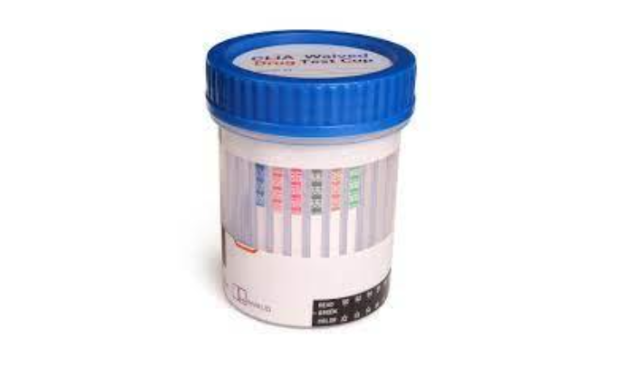
Drug testing is a popular and emerging routine step that is conducted in pre-employment screening by the majority of organisations. Drug abuse in the workplace or job site is illegal and can cause conflicts, accidents, and liability problems. All such unwanted circumstances can be avoided if organisations can identify drug use and abuse early on. A 10-panel drug test is one of several screening methods that can be used to detect illicit as well as prescribed drug use. The questions we will be answering in this post include what is a 10 panel drug test, what does it assess, and how is it used for employment pre-screening?
What is the 10-Panel Drug Test All About?
A 10-panel drug assessment is a test that evaluates ten different kinds of illegal substances. Additionally, the test can also detect the most commonly misused prescribed drugs, like Xanax, and Adderall. Often, an expanded 10-panel drug screening is suggested that can detect additional opiate substance forms like Oxycodone. The drug screening is unable to screen traces of alcohol, thereby requiring a separate alcohol screening.
The 10-panel drug assessments are utilised in the pre-employment screening procedures for government employees, medical professionals, law enforcement officials, and industries where drug use and abuse impact the safety of the individual and others. Furthermore, undertaking the test might also result in probation conditions, even when convicted of a drug-associated offense or crime.
What Does the Drug Test Assess?
When one understands what is a 10 panel drug test, it is easier to gauge the illicit substances that can be identified. Drug screening can easily identify the presence of metabolites in the human system. The metabolites are chemicals that remain in the body after metabolizing specific substances like drugs. The following substances can be identified using the drug screening process.
- Cocaine
- Marijuana
- Amphetamines, including Ritalin, crystal meth, ecstasy, etc.
- Methadone
- Barbiturates
- Valium and Xanax, which are typically benzodiazepines
- Propoxyphene
- Methaqualone or Quaaludes
Apart from the above-mentioned drug types, the expanded 10-panel drug test can also screen substances like:
- Codeine
- Morphine
- Oxycodone
- Oxymorphone
- Hydromorphone
Understanding 10-Panel Drug Assessment Results
After a sample is collected, the result from the drug test is ready within a few days. The final report shows positive, negative, and inconclusive outcomes.
Positive Report
The positive report indicates the substances identified in the sample exceed the cutoff concentration level. This means that traces of drugs are found in the sample, triggering positive results.
Negative Report
The negative report means the substance detected is below the cut-off concentration level. Thus, it means there is no drug use by the individual. A negative report is mandatory when candidates have to appear for pre-employee drug screening to proceed to the next level.
Inconclusive Report
The inconclusive result indicates that no definite result has been found. There is an anticipation that the sample might have been tampered with, resulting in a faulty outcome. It might generate from testing errors or the individual drinking excessive water, which dilutes the urine collected for the drug test.
A Medical Review Officer or MRO has the task of reviewing pre-employment drug test results. They are licensed specialists certified and trained to evaluate and validate laboratory test results. Since MROs understand what is a 10 panel drug test and every other aspect associated with it, he/she can confirm positive, and false reports.
Concerns About False Positives
Often false positives can take place in the final result of the drug test assessment. It occurs when an individual’s system consists of chemicals that are similar to the drug test that is designated to identify. For instance, certain over-the-counter medicines can show positive results in a 10-panel drug test. In case the reports are questionable, the Medical Review Officer might reach out to the individual test taker and confirm the consumption of any food or prescribed drug. Though false positives are rare instances in a 10-panel drug test, sometimes can happen as well.
Conclusion
The 10-panel drug test is highly popular among present employers to test drug use and misuse in employees. Candidates must know what is a 10 panel drug test before taking pre-employment drug screening. This helps them to understand what they are up for and whether certain prescribed medicines or type of food consumed can alter their results or give faulty reports.


